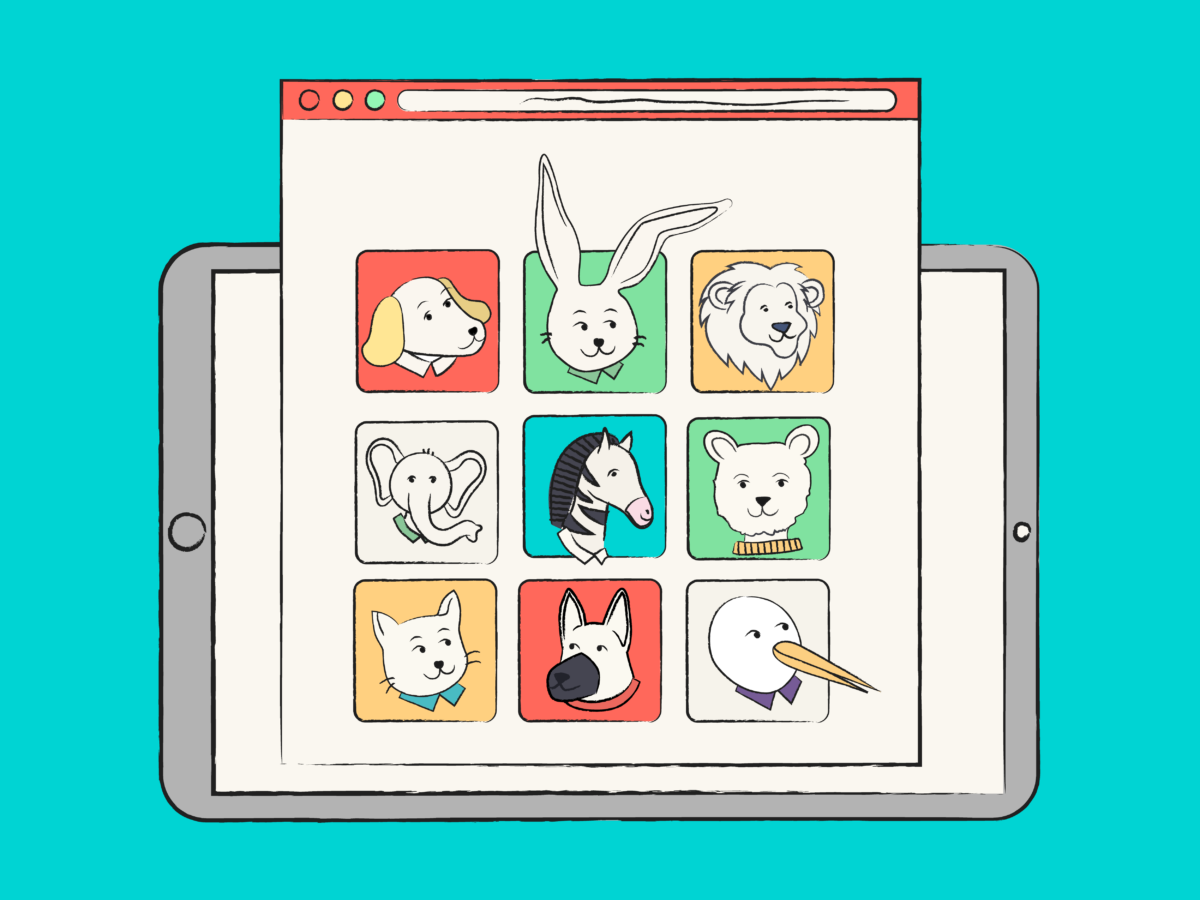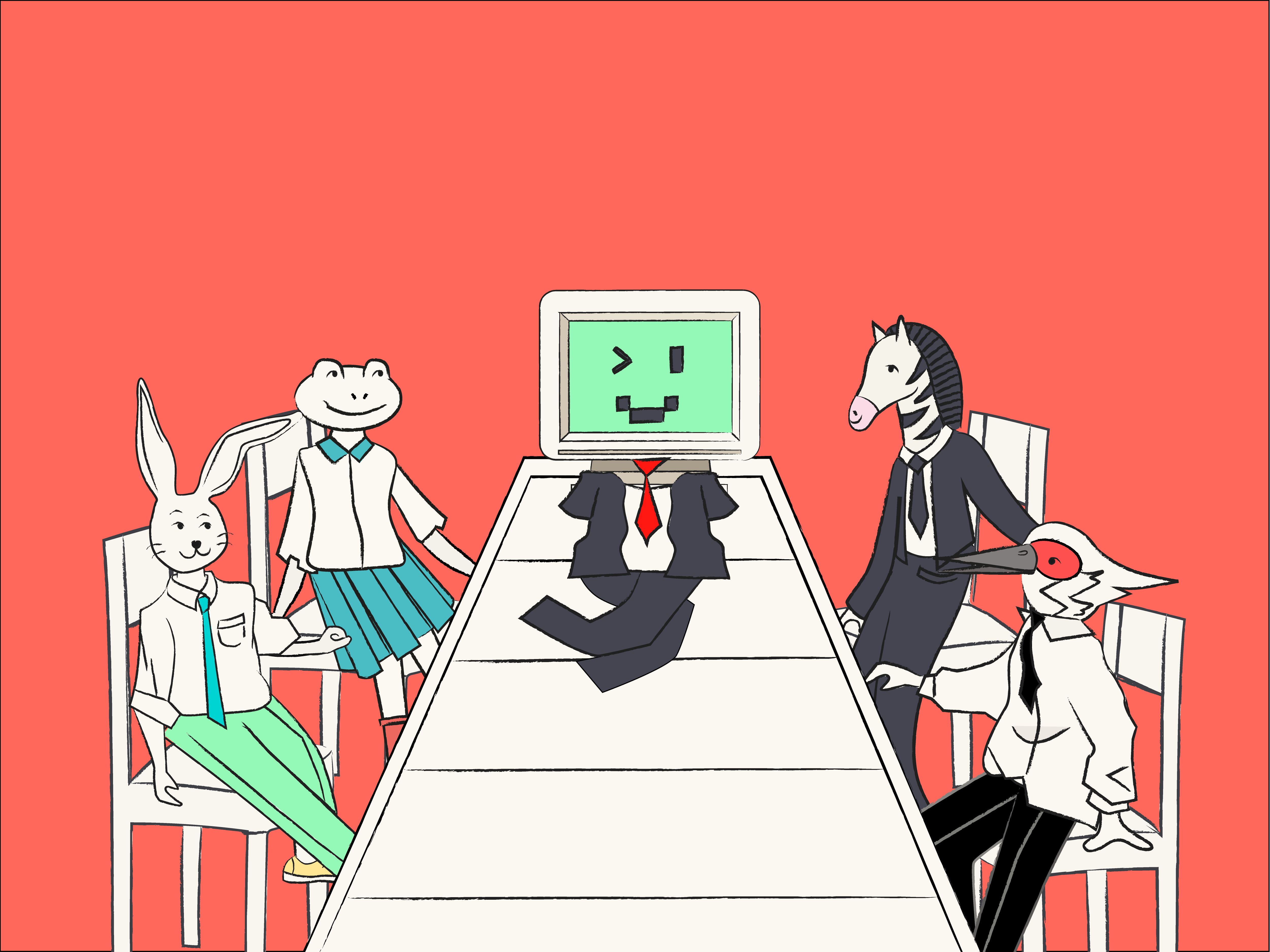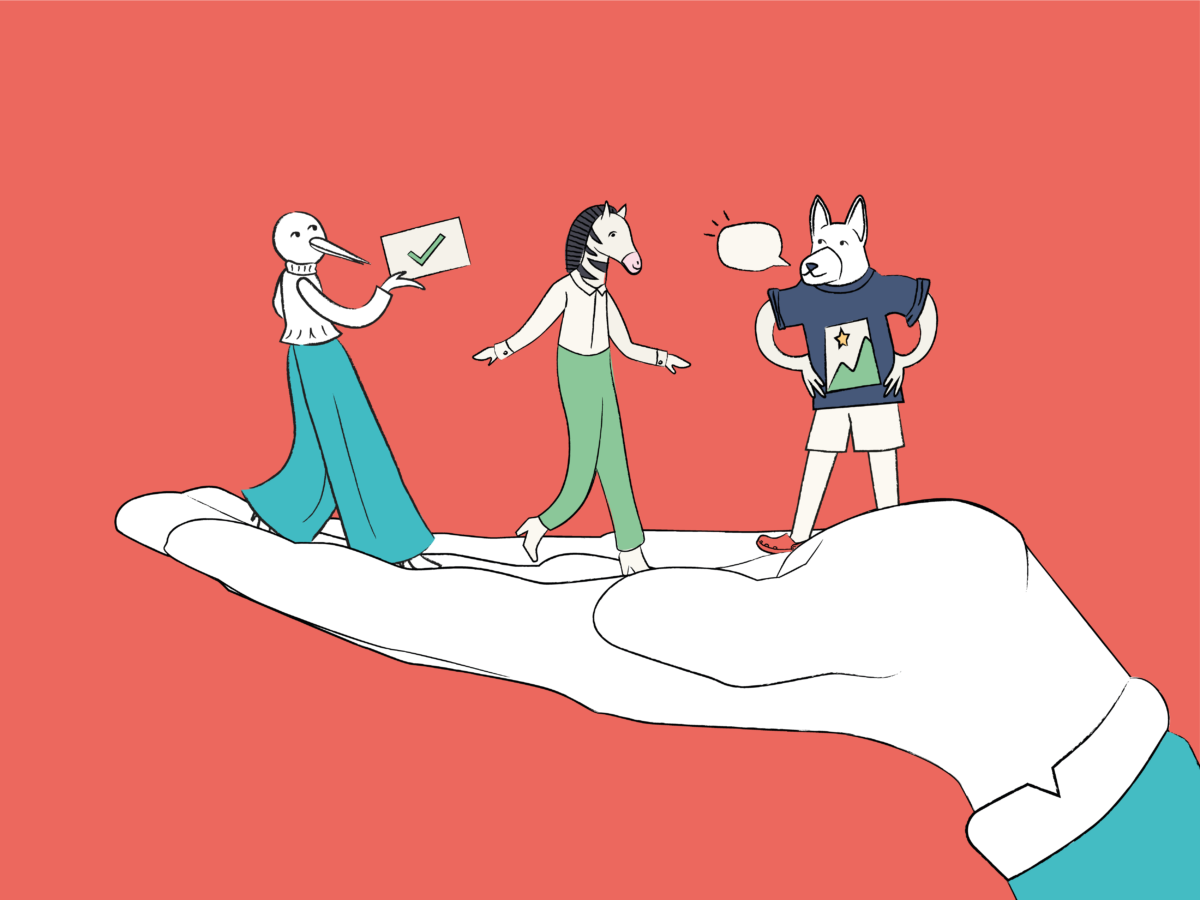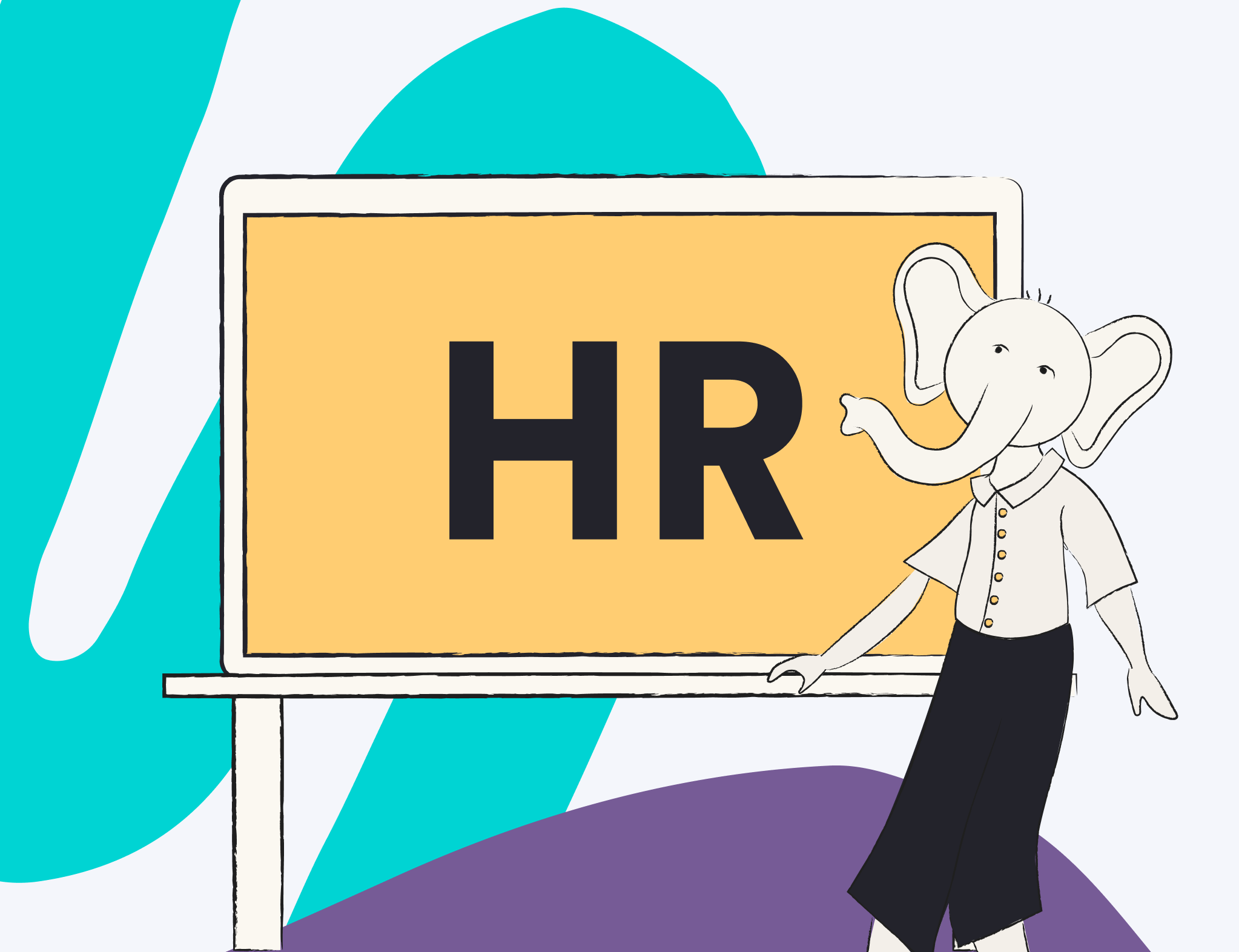Software as a service (SaaS) businesses are projected to transfer 60% of their workflow to the cloud by 2025. Why is this? Well, using SaaS Human Resources (HR) software provides lots of benefits that will totally transform your company from the inside out.
Old-school HR processes are giving way to exciting new technology like Human Resource Management System (HRMS) software, a game-changing tool that enhances your HR operations throughout the entire employee lifecycle.
But what exactly is HRMS, and does it really have the potential to iron out the kinks in your Human Resource Information System (HRIS)?
We get it, there are a lot of acronyms going on but bear with us, and you’ll see this software is available for everyone, no matter how experienced you are in this field. This article will delve into 10 reasons why HRMS software is becoming increasingly essential for SaaS companies, especially small businesses, and startups that need an extra productivity boost.
1. Hire better candidates
When you have a new role available, it can be quite stressful crafting a job description that accurately and thoroughly explains potential candidates’ requirements. In human capital management (HCM), this is especially true when the leave is unexpected and time isn’t on your side.
Hiring new candidates is not something to rush. The consequences down the line could be:
- Unproductive teams members
- Lots of mistakes in projects
- Money and time wasted on training replacements
This is just the tip of the iceberg, though. For some companies, the cost of a bad hire can be as high as $240,000. So how do you avoid hiring the wrong people? It begins with the content of your job posting and where it is shared.
SaaS HR software removes this risk by helping you hire the best. It guides hiring managers toward highlighting the specific skills, qualifications, and experience required for the role. This scraps the vague, waffly job descriptions that drown out the things that matter.

However, this is not to say that every job description created with the help of SaaS HR software is the same. In fact, one of its many strengths is tailoring your job postings for different roles. With templates and keywords customized for each position, you can rest easy knowing that every post makes an impact and connects with candidates who are the perfect fit.
Now, arguably the best part. HR software can fire out these perfectly crafted job listings to many different platforms, including job boards, social media platforms, and websites. By reaching a wider audience, you increase the chances of attracting qualified hires you wouldn’t have come across originally.
2. Improve the onboarding process
Once you’ve found the hire, it’s onboarding time! HR software can help you here as well by ensuring a smooth, engaging onboarding process. Say goodbye to stacks of paperwork and endless hours of data entry. HR software streamlines this whole process, allowing you to digitize forms, spreadsheets, and training materials.
This not only saves time but also reduces the chance of human errors. Keeping track of onboarding tasks is made much easier with software and provides task lists and automated reminders for both HR staff and new employees.
In today’s remote work world, your onboarding game needs to be strong, no matter where your new hires are. With HR software, you won’t have to worry about this, as all the necessary tools like virtual orientation, digital document signing, and online training are easily accessible to the right people. This allows for the whole team to be connected and productive even from opposite sides of the world.
3. Save time and money
Using SaaS HR software is a smart financial move. Time-consuming administrative tasks are automated, which makes them much faster and more accurate. This saves money in various ways:
- Automated instead of manual: Instead of spending money on the hiring process and training one or more people to do admin HR tasks, HR software uses artificial intelligence (AI) to get the job done with automation.
- No administrative mistakes: It’s natural for humans to make mistakes, but not AI. With little to no mistakes happening, the company won’t suffer from security or productive drawbacks.
- The team can focus on other things: With software taking care of the nitty-gritty stuff, the rest can apply their creative expertise to other areas within the company. This opens up the opportunity to make money in other fields and improve the overall productivity and innovation of the organization.
4. All documents are in one place
Imagine a world where you never have to rummage through a pile of notes, search through endless folders, or frantically email colleagues for that one missing document. With SaaS HR software, that world is now a reality.
This software acts as your digital filing cabinet, storing all HR-related documents in one secure and easily accessible place to allow employee self-service. Employee records, contracts, policies, and training materials are among the many things you can safely store here.
No more precious hours wasted on hunting down documents or creating new ones to replace the ones lost forever. Everything you need is just a few clicks away. This streamlined access not only saves time but also boosts productivity across the whole organization.

Having all documents in one place is also fantastic for collaboration within the HR department. You can share, review, and update documents in real time, even when your team members are scattered across the world.
5. Increase team productivity
Remember the previous four points we’ve mentioned of what makes HR SaaS solutions so great; they all have one huge plus in common – increased team productivity. It’s worth noting just how important it is that your company isn’t bogged down with unnecessary obstacles and slow-moving technology.
One of the best things about this type of software is that it’s really easy to start. SaaS HR software is typically cloud-based, so there’s no need to install it or ensure you have the technology to run it. Your team can get started straight away, which is a significant productivity boost.
Being productive and efficient is a huge element of success. Every moment counts in this fast-paced world, and making the most of them improves the company by:
- Improving customer satisfaction: Productive teams deliver higher-quality SaaS products and services, which leads to improved customer satisfaction that are loyal and come back.
- Having a competitive advantage: With a productive team, your company can adjust quickly to market trends and opportunities to stay ahead of competitors.
- Not wasting valuable resources: Resources such as time, money, technology, and labor aren’t wasted and are instead used efficiently in multiple areas at once.
6. Robust data security
The thought of having a security breach can keep you up at night. Or you might experience nightmares of all your hard work spanning months suddenly wiped out due to a technical fault.
Sorry, we don’t want to stress you out, but we know this is a huge worry many organizations have. Storing important data on the cloud may seem riskier than having it tucked away in on-premise computers. However, this misconception can lead to disaster.
Cloud-based storage can be much safer when combined with the right technology and security protocols. Your HR data is wrapped in layers of state-of-the-art encryption where information is kept confidential and protected from the wrong people.
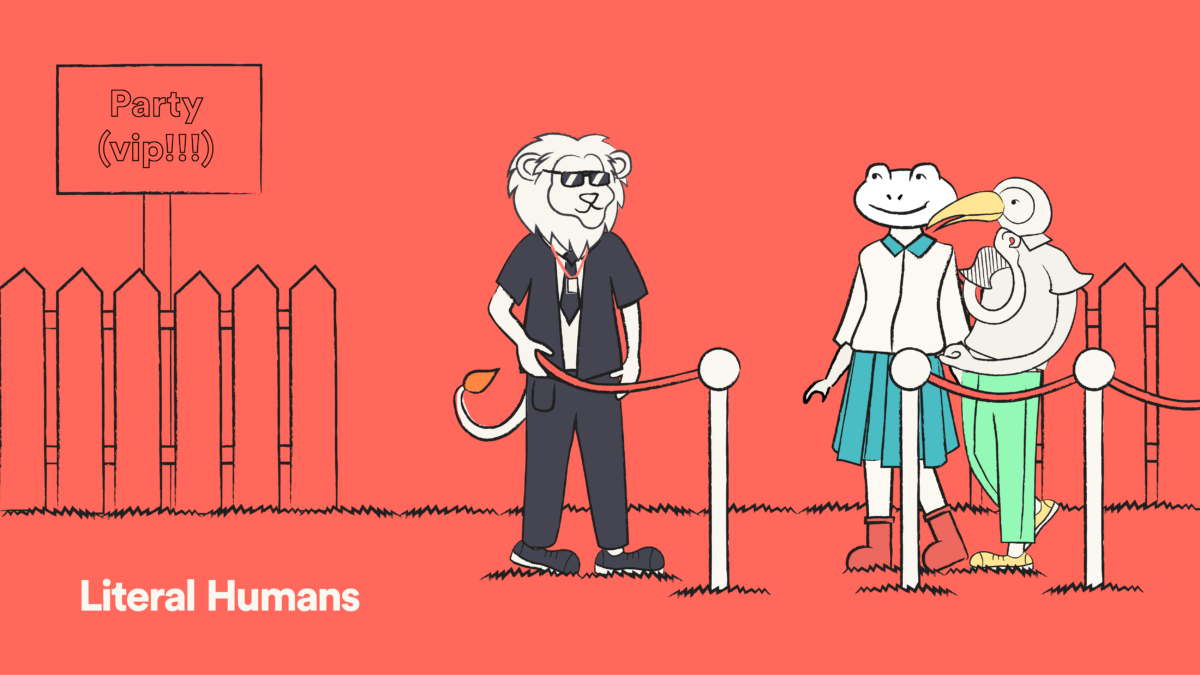
It is really important to use the right technology when transitioning to the cloud. 82% of security breaches involved data stored in the cloud in 2023. But before you jump to conclusions, hear us out. The biggest reason for this statistic is that these companies rushed into buying the wrong technology that wasn’t optimized for the cloud.
This was due to the COVID-19 pandemic when the world shut down to quarantine. Businesses rushed to buy whatever technology necessary to make remote working doable.
In the rare, unfortunate event of something going wrong, security-wise, your data is not lost. It’s securely backed up and can be quickly restored. If you’re still a bit cautious, you can always opt for a hybrid approach.
7. Attendance and performance tracking
Keeping tabs on the attendance and performance of each employee in every section of the company is hard work for HR. It’s easy for things to fly under the radar when you don’t seem to have enough time and mental bandwidth.
With SaaS HR software, you can have automated time tracking that accurately records clock-ins, breaks, and clock-outs. This saves time of course, but also avoids the risk of attendance errors and misunderstandings. As a cherry on top, companies using attendance tracking software reduce absence rates by 20%.
As well as this, assessing performance reviews is very easy and only requires a few clicks here and there. Key metrics such as:
- Productivity: The speed at which tasks are completed and the ability to meet deadlines.
- Quality: The level of quality of completed projects and customer satisfaction scores.
- Employee engagement: Measuring how engaged employees are through surveys, feedback forms, and interviews. Engaged employees improve retention rates.
- Goal achievement: The progress toward an individual employee’s goal or one shared by the team.
8. Accurate and data-driven decisions
It’s tricky, but you cannot afford to hesitate or doubt yourself when making decisions in HR. Your choices impact not only the organization but also the lives and livelihoods of employees. Therefore, having cold, hard facts to back you up makes decision-making faster and can produce predicted results that lead to success.
With data-driven decision-making, you’re not just reacting; you’re anticipating. Analyzing previous data and trends allows you to predict future needs and challenges. This foresight can mean the difference between staying ahead of the curve in employee management and playing catch-up.
Using data to fuel decision-making allows the HR team to keep improving the employee experience. You can see the impact of each decision and then tweak your strategies to work in tangent with them. This loop of learning fosters an environment of growth and adaptability, which is essential for survival.
9. Integration capability with other systems
HR is closely tied to other departments, from finance to IT. That’s where the integration capabilities of SaaS HR software solutions come into play. These systems connect departments with other essential HR functions of the organization. There’s no more need for boring manual data entry or delayed payroll management.
Integration also extends to the recruitment process. When a job opening is posted, HR software can automatically update your company’s career site, LinkedIn, or other platforms, ensuring your job listings are always current and accurate.

10. Keeps HR up to speed and adaptable
The business world is in a constant state of change. Whether it’s shifts in market trends, changes in regulations, or the introduction of new technologies, HR needs to be adaptable and productive.
Good news for you, SaaS HR systems are designed with adaptability in mind. This tool is far from stuck in its ways and can scale and develop along with your company. You can even add new features, integrate new tools, and adjust your workflow modules without the hassle of bringing in niche professionals.
This adaptability is particularly important when it comes to legal issues. A good HR system often includes features that automatically update to reflect the latest rules, helping you stay on the right side of the law.
Questions to ask when choosing the right SaaS HR software
We get it, you’re eager to get SaaS HR software now that you know how great it is. But choosing the ideal one for your organization is like finding the perfect puzzle piece that clicks into place and creates a complete, beautiful picture. Therefore, it shouldn’t be rushed and requires some steps.
So, let’s look at questions you should ask yourself before going ahead and pressing ‘buy now.’
1. What do you want?
Start off this process by outlining the needs of your organization, including pain points, bottlenecks, and areas where automation and cloud-based software would bring the biggest benefits.
Embrace the individuality of your company by considering the number of employees, the industry, and goals. With these fully laid out and agreed upon among the whole organization, you will have a strong foundation of where to go from there.
2. Does it align with future plans?
After agreeing on current objectives, you should also look to the future. After all, SaaS HR software is designed to grow and develop with you and is in it for the long haul.
However, not all software packages are as adapted to change as others. This should be a big factor in your decision. Ensure it can bring on new users, features, and functionalities.
Once you’ve found one and have benefited from it thus far, you can sit back and relax, knowing that you won’t have to make another decision like this for a while.
3. What features do you need?
Make a checklist of specific features your HR team requires. Consider things like:
- Applicant tracking system
- Onboarding
- Employee performance management
- Payroll processing
- Document management
- Performance assessments
- Analytics
This checklist is a roadmap to ensure the software you choose aligns with your unique needs and goals. You can only imagine the headache when you commit to software only to find out it doesn’t do what you need it to.
To help cover all aspects of this checklist, talk with your HR team to gather input and prioritize features that will make your current struggles much less taxing. However, this list of features isn’t set in stone and should be updated to fit your HR requirements over time.
4. Does it require lots of training?
To keep it short, the answer to this question should be no. SaaS HR software is designed to be quick and easy to set up and get going with. Evaluate the learning curve of your options and check if it offers a user-friendly interface that removes the need for extensive, complicated training.
This removes a lot of risk of team members using it wrong and saves a lot of time spent on training. It sounds like a tall order, but trust us when we say it’s possible – your team should feel comfortable using the system from day one.
5. What is your budget?
Ah, the all-important budget question. Take a good look at your financial situation and consider what you’re willing to invest in HR software. Remember, the cost of SaaS HR software can vary widely based on features, scalability, and the pricing model.
Be sure to consider not just the upfront purchase but also ongoing subscription fees and potential training costs. With your budget in mind, you can focus your search on options that won’t break the bank.
6. Is a trial period provided?
Many software providers offer trial periods or demos, allowing you to get a hands-on experience with the platform. You shouldn’t really fully commit to software without trying it out first, no matter how confident you feel.
Take advantage of these trial periods to explore the software’s features, usability, and compatibility with your organization’s needs. A trial period will give you valuable insights, helping you make an informed decision.
It’s also an opportunity to engage your HR professionals and gather their feedback on the software’s suitability.
7. Does it have integration capabilities?
Seamless integration is essential, so your chosen software should get along well with other systems and tools your organization uses. Consider your existing software layout, such as accounting software, project management tools, or communication platforms.
Does the HR software offer integration capabilities with seamless data flowing between systems? If the answer is yes, you’ve got yourself a strong contender.
8. Can it be customized?
Every organization has its unique quirks and specific requirements. Ideally, your chosen SaaS application should be customizable to fit your needs. Customization options can range from simple branding and dashboard tweaks to more complex workflow changes.
Also, different HR team members have unique roles and responsibilities. Having customizable options means permissions and access control allow employees to have specific access rights.
9. What are its security protocols
As well as having customizable access rights, HR software should have a robust security protocol. We all know that when dealing with sensitive employee data, security is very important.
Look for features such as data encryption, secure user authentication, and regular security audits. Ensure that the software complies with industry-standard security certifications and regulations. Understanding the software’s security measures will give you peace of mind when handing over your organization’s employee information.

10. Is feedback positive?
Finally, gather insights from other organizations that have used the software you’ve set your sights on. Customer reviews and testimonials can give valuable perspectives on the software’s performance, user-friendliness, and customer support.
Don’t hold back in digging into online forums and social media groups to uncover real-life experiences and recommendations. Positive feedback from other users can boost your confidence in the software’s reliability and effectiveness.
Are you ready to join in on the success?
From top talent management to streamlined onboarding to having robust data security, SaaS HR software is the key to building the best HR management system possible.
But remember, before you get ahead of yourself, it’s important to ask yourself the right questions when shopping around. You’re not just investing in software; you’re investing in the livelihood of your employees and the future of the organization.
So, no pressure! But by applying what you’ve learned in this article, you are already putting your best foot forward to give your SaaS company the competitive edge it deserves.

